The SaaS Startup’s Blogging Guide
Last Updated: January 13, 2025

Blogging is a critical element of success for SaaS companies, especially new ones with little brand recognition and no sustainable source of traffic to their website. Building organic traffic and using it to bring in new subscribers, free trails, and leads is a long term play that is a front loaded investment, with a deferred return but it’s pretty clear that it’s a critical element of success and really helps a company kick into gear in the middle and late stages of it’s journey.
The Importance Of Organic Search
This post on traffic sources for a sampling of 100 SaaS companies shows that organic search is the largest contributor to traffic outside of direct visits by far for companies under 1,000,000 visits per month and continues to be one of the leading channels after that.
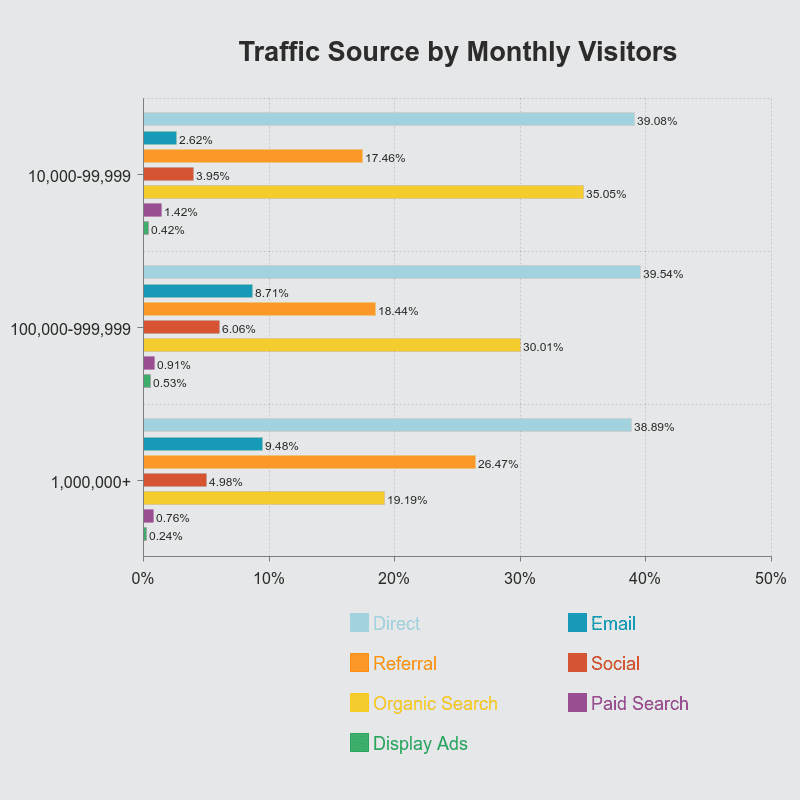
This phenomenon isn’t unique to SaaS either. This post on traffic channels for leading ecommerce companies based on data obtained by SEMRush shows again that organic search is the number one driver of traffic outside of direct visitors and it’s not even close.
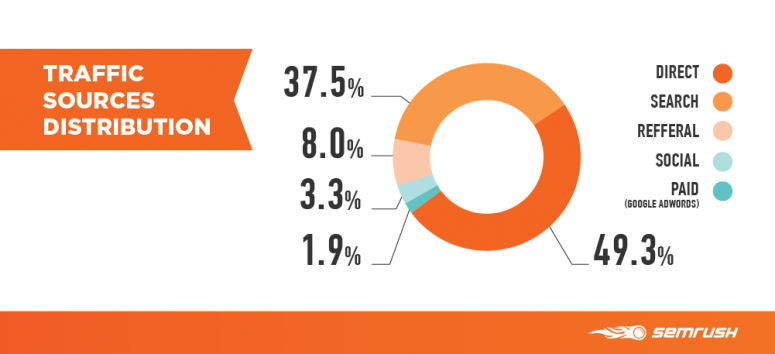
If you take a look at leading companies in other industries you’ll see this pattern emerge again and again.
One interesting thing to note is that social media is all the rage these days but accounts for a miniscule portion of traffic for even small/medium sized brands; typically less than 5%. Social media is going to be an important part of brand awareness and visibility on a small scale and for newer businesses to get some traction, but it’s tough to drive the compound growth effect of sustainably sourced leads that SaaS companies crave, and venture capitalists expect to see, that organic search can deliver.
How To Get Started
In the early days of blogging for your SaaS, it’s easy to get caught up in greeding for conversions and leads. Spending a ton of time on each individual post researching keywords, writing 5,000 word articles, carefully crafting calls to action, embedding offers, yada yada yada. Your time is better spent on the phone with customers, or otherwise reaching out to people directly than optimizing your funnel and content like crazy. Chances are you’re going to pivot at least once, maybe thrice, and all that time, money, and other resources you spent, before you discovered the need to pivot, will be wasted. That sort of careful attention and funnel optimization is something you want to do when you already have traction, and you are trying to scale up. I might get some flame for this next comment, but in the early days, blogging should primarily focus on traffic building and audience building.
It’s also much easier to optimize your conversion rate when you already have a couple thousand visitors a month hitting your blog. Without a regular flow of visitors, changes to your blog design will take an eternity to measure.
SaaS Traffic Building
One of the best ways to build traffic for your SaaS is to write about what you’re talking about with customers and prospects on the phone. You already know that they are experiencing the problems you are talking with them about, so naturally they are going to be searching for articles related to them to. Keep a notepad handy during your sales, support, and prospecting conversations, ask your team to do the same, and get organized on what pain points, objections, desires, and circumstances are. This can help you refine your messaging, but also directly informs your content strategy. Write about those pains, experiences, and desires, and talk about them in the context of how your SaaS product helps to alleviate them or augment performance. Don’t be afraid to take an opinion in your posts and get people talking.
My recommendation is to write:
- One post weekly
- 500-1,000 words
- Narrow focus on a specific subject
- Highly scannable with bullet lists and subheadings
It’s a lot of work, ask people on your team to contribute an article here and there, outsource it to an agency, if you’re the CMO, or the CEO, write at least one per month yourself. The goal at this stage is to increase the base of keywords your site is in the running for and help search engines understand what your site is about.
Promoting Your Content
Content promotion is a deep topic that I could easily write multiple in depth posts about on it’s own, but that’s not the focus of this post. However, we’ll touch on it quickly. Blogging with regularity makes many of the other elements of a successful integrated multi channel marketing strategy a lot easier. Now you have something to post on social media, and something to send out to your email list, at least once a week. Take the time to share your content with your audience. Post it on sites like:
- Quora
Using a multi posting tool can help distribute it to eligible social media networks quickly and with less effort.
Send your blog posts out to your email list. Not everyone will be on Twitter, but everyone has email. Use email segments to make sure that only the people who want blog updates receive them, to avoid list churn. A good rule of thumb is to spend about the same amount of time promoting the content, as you do writing it.
Give It 12 Months Of Blogging
If you can stick with your traffic building approach mentioned above for 12 months you should start to see some results. Your fingers may be cramped, you might have had to power through writers block with a few old fashions, or other beverage of choice, but it’s at this point you should start to see meaningful traffic growth in your analytics or search console. Google, or whatever the search engine your targeting, understands your site and what sort of content your producing and should be crawling your site regularly and view it as a content producing authority.
Land And Expand Blogging
I’m a big fan of what I like to refer to as land and expand blogging. Tortoise and Hare Software is my second business and I’ve gone through the dance of careful keyword research, micro on page optimizations, trying to stuff specific keywords, in to the post, etc, etc and I’ve also taken the approach of just not worrying about that stuff and just writing content for an audience and I’m a much bigger fan of the latter. I’m of the opinion that up front SEO is usually a waste of time. That said, SEO is important but it’s a separate concern from content marketing as a whole and you can always go back and optimize a post or write a targeted, optimized follow up piece later.
If you’ve been traffic building for 12 months, later is now.
It’s time to take a look at your search engine data. What posts are ranking naturally? With 12 months of 4x a month posting, that’s a base of 48 posts, and you almost certainly have a few posts ranking in the top 10 for keywords and naturally generating some search engine traffic. If you’ve set up your conversion tracking, you can take a look at analytics data, and look at what posts are naturally generating leads.
These posts have gotten a foot in the door, a.k.a. they have “landed” and now it’s time to expand them. Aka, land and expand blogging.
Expanding Your Posts With An Initial Footing
Google likes topicality, which means in depth articles covering a subject. The average word count of a top 10 result is around 1,500 words and articles between 3,000 and 10,000 words get the most shares on social.
Take a look at your posts with an existing footing on the search engine results page. What more do you have to say about the topic? Can you convert it into a more detailed guide? Can you spice it up with additional visuals? Can you make a commentary video to supplement the post for people who prefer that medium? Can your back up the claims in your post with additional research from 3rd party sources? Can you get a quote from another person who can comment on the topic and incorporate it?
Take a look at the keywords that you’re ranking in the top 10 for on average. Go over to Google and search for that keyword. Take a look at the posts in the top 3-5 spots and see what they are doing. Follow what’s known as the skyscraper method. Can you turn your foothold into content that’s 10x better than what’s already ranking on the SERPs (Search Engine Results Page) and secure the coveted top spot? This is akin to building a taller skyscraper next to your competitor and why it’s called the skyscraper method.
Embedding Lead Magnets
Once you’ve done the sensible things to boost your blog posts rankings, and therefore increase it’s traffic, it’s time to support the post with an embedded offer, also known as a lead magnet. Creating the right offer is a skill that takes practice and experimentation, but the idea is to embed a downloadable piece of premium content in exchange for an email address.
Like our insights?
Subscribe to our email list, and get the latest posts straight to your inbox.
Some good examples are:
- Checklists
- On demand webinars
- Whitepapers
- Slide decks
- Templates
- Email courses
- Industry research
The right offer should convert at least 2-5% of your blog post visitors into email subscribers.
Final Thoughts
Blogging for a SaaS company is a very powerful tool. We showed how organic search is one of the leading channels, not just in SaaS, but in many industries for mature companies. Organic search blows other channels like social media, and PPC out of the water over time. It takes time and effort to get right and convert blog visitors into leads. Look for a foothold with weekly blogging with narrow focus on specific topics. Once you land a hit, expand the post into more fully featured coverage of the topic with diverse media options such as video. Add credibility to your thoughts by citing 3rd party sources. Finally, embed a lead magnet into your post to capture email addresses for further follow up. Need help with developing and executing a blogging strategy for your SaaS? Reach out to Tortoise and Hare Software today.


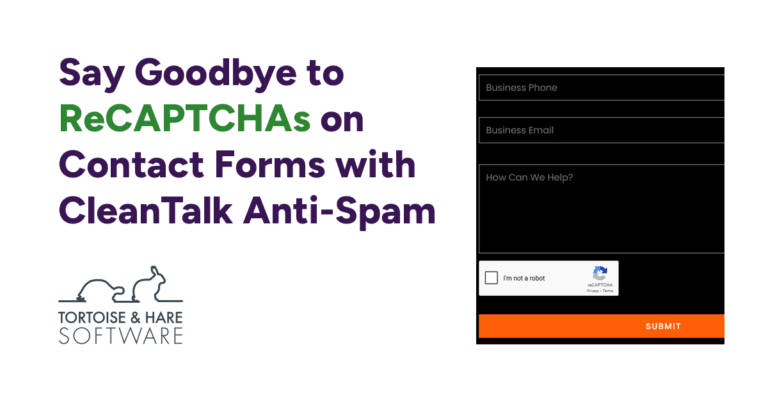
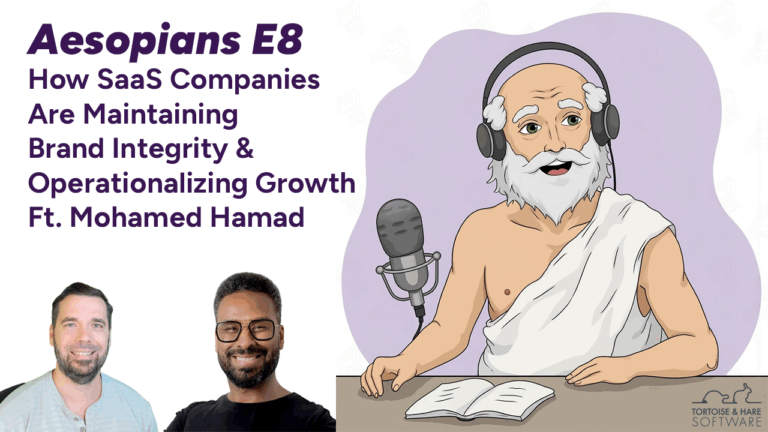
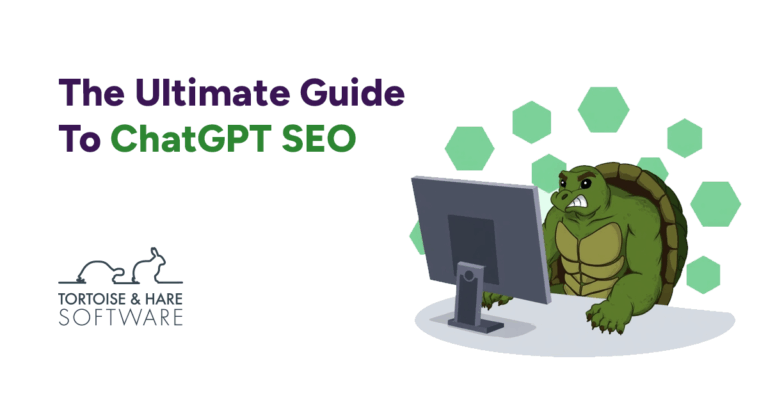
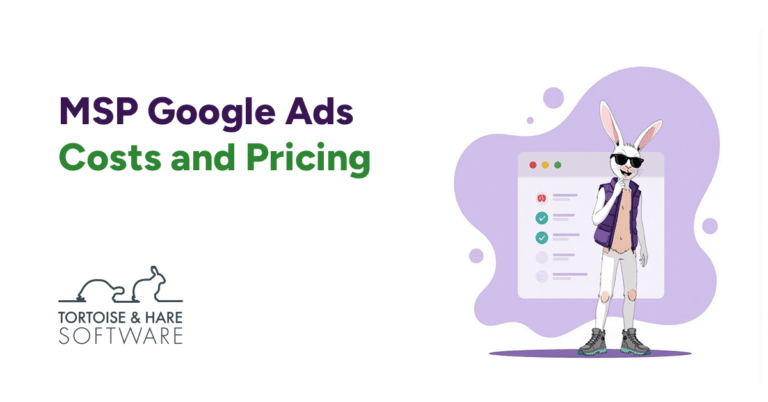
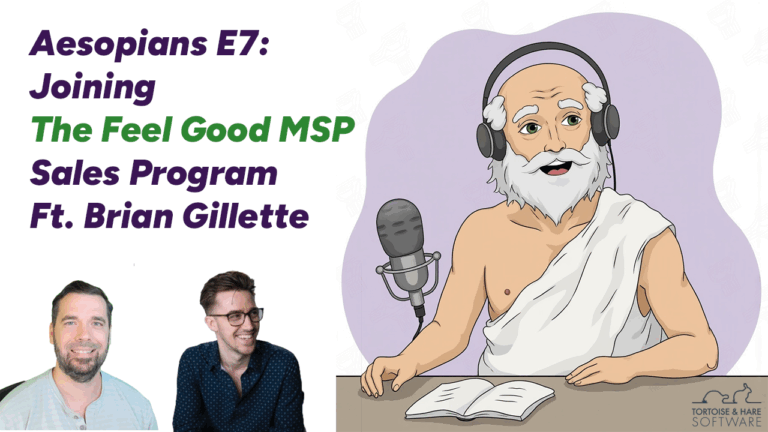

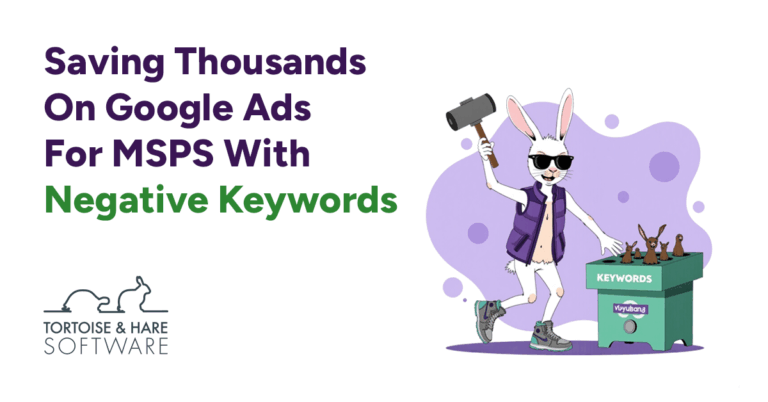
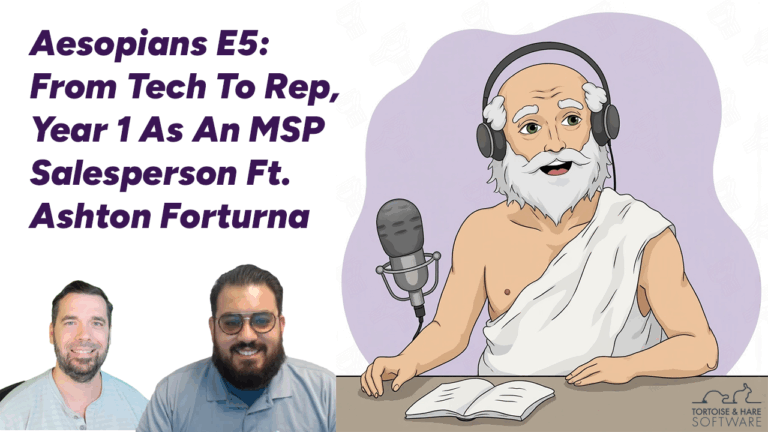
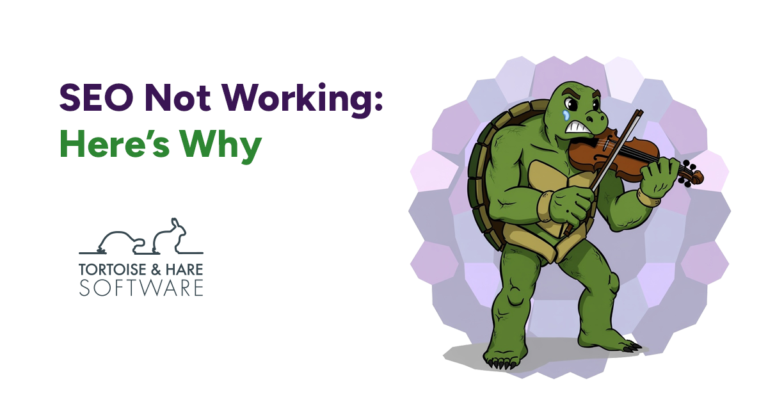
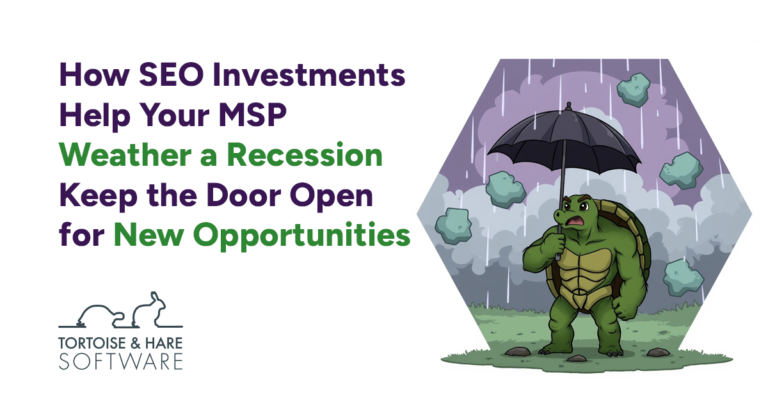
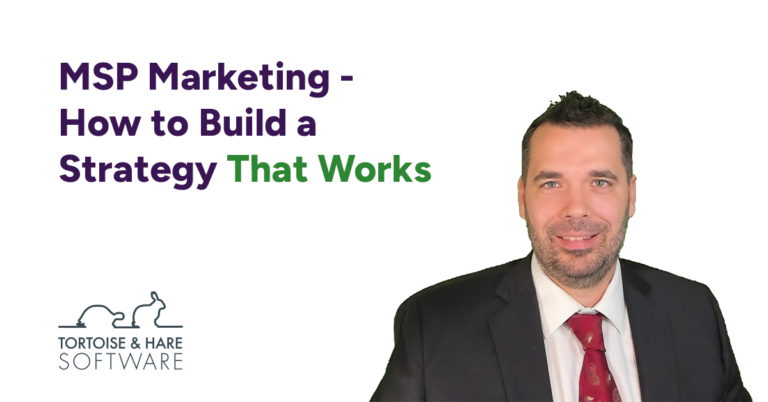
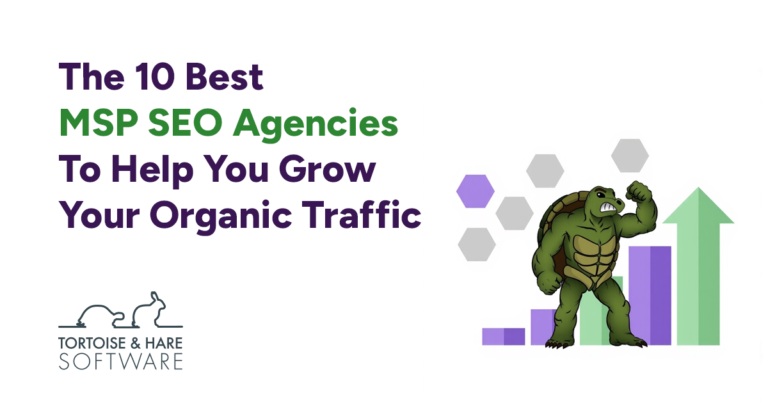
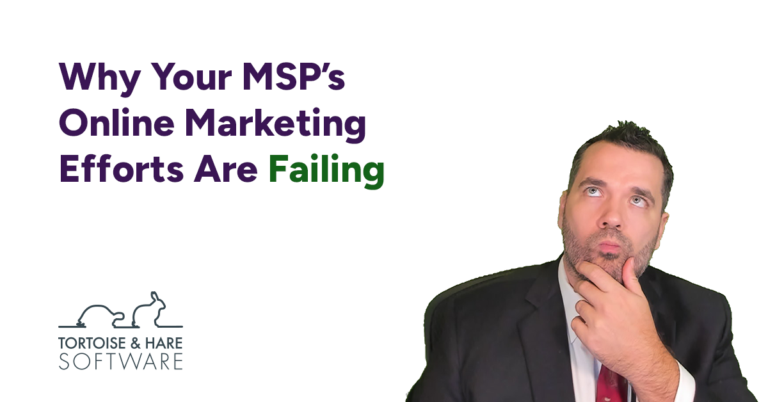
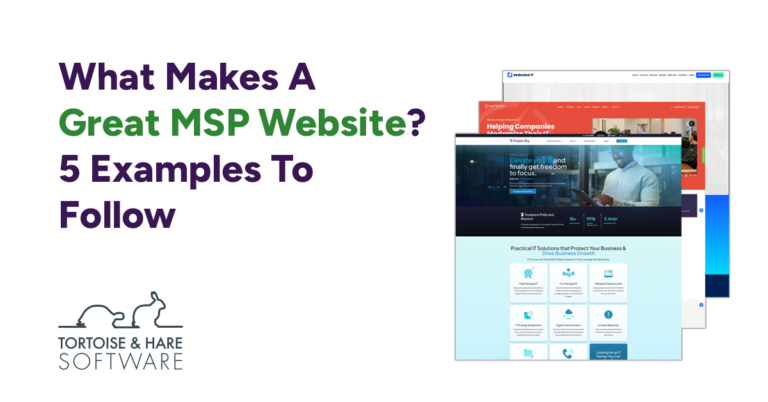
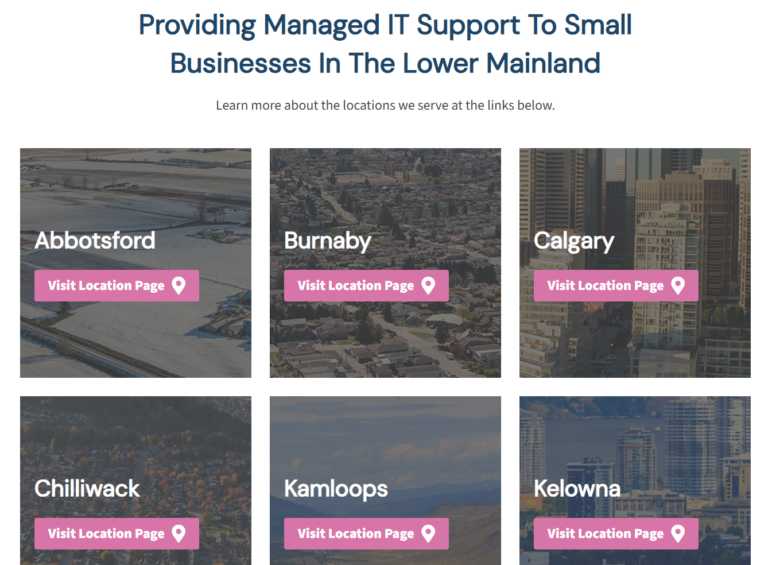
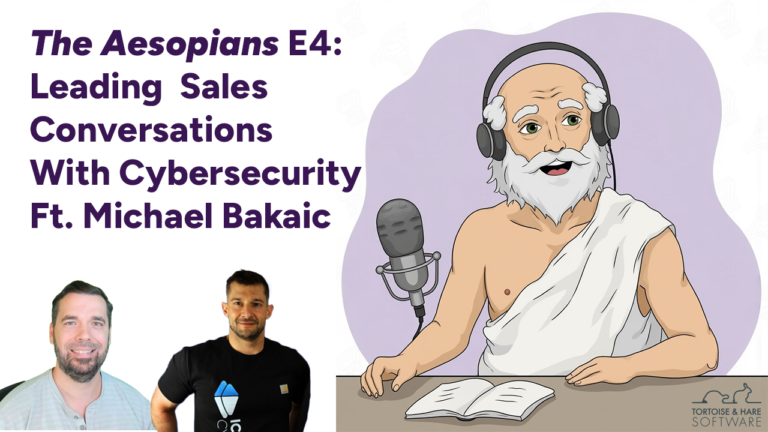






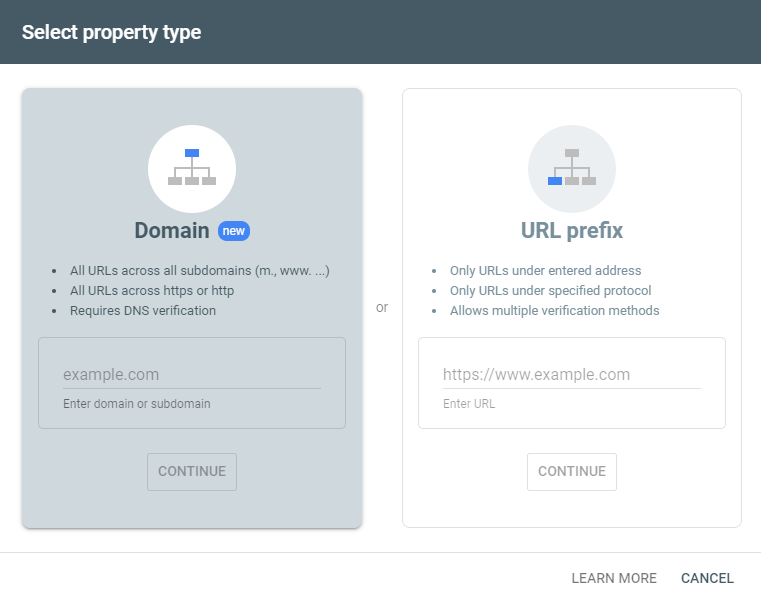
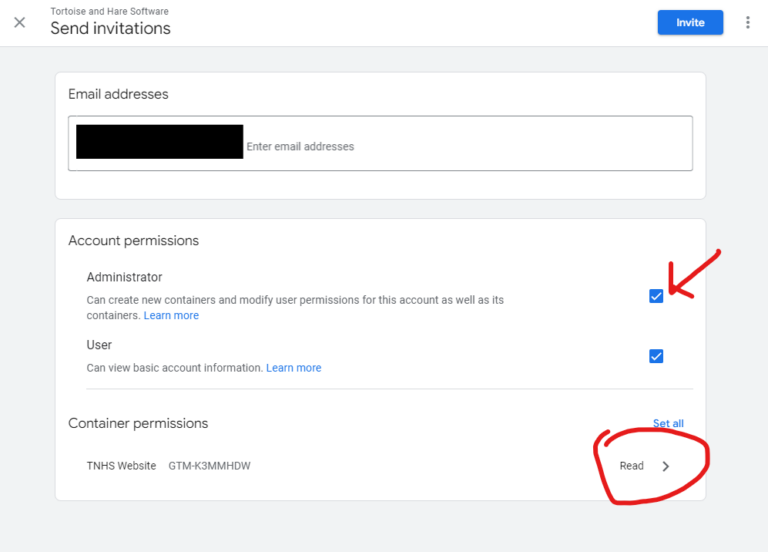





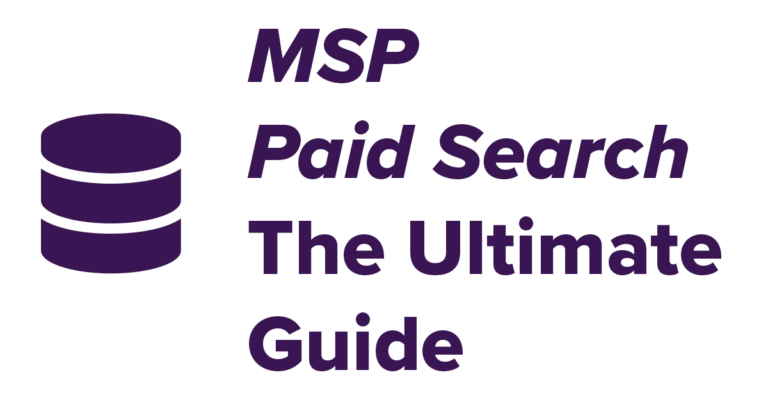
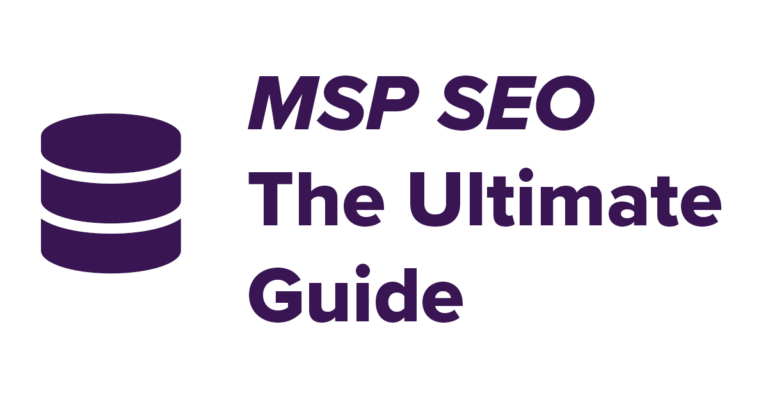


Leave a Comment